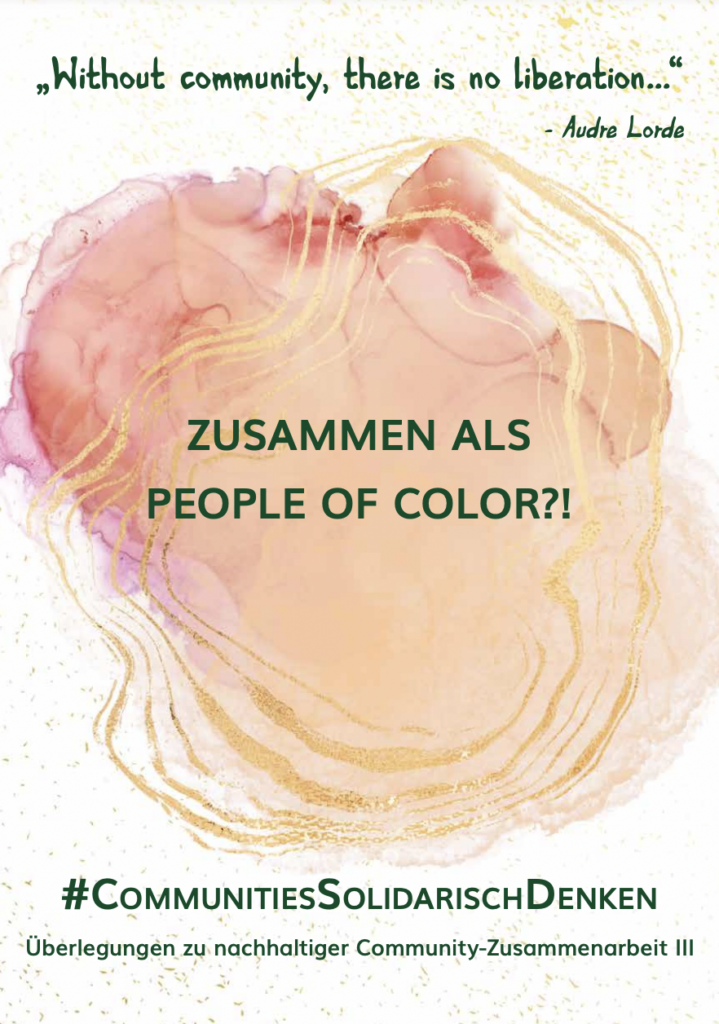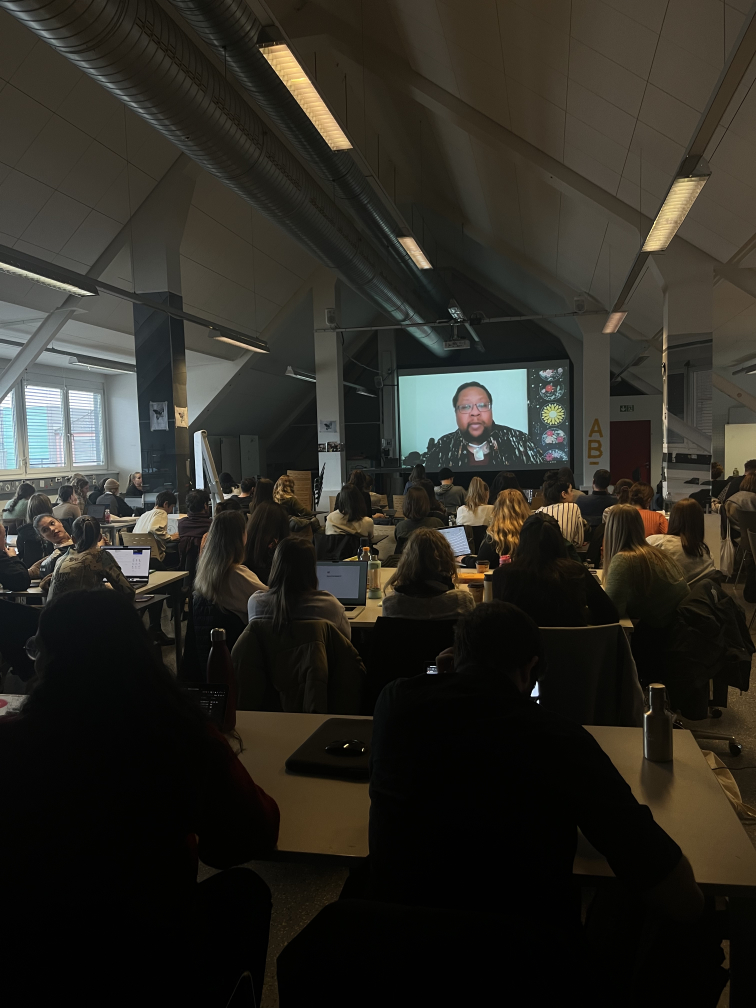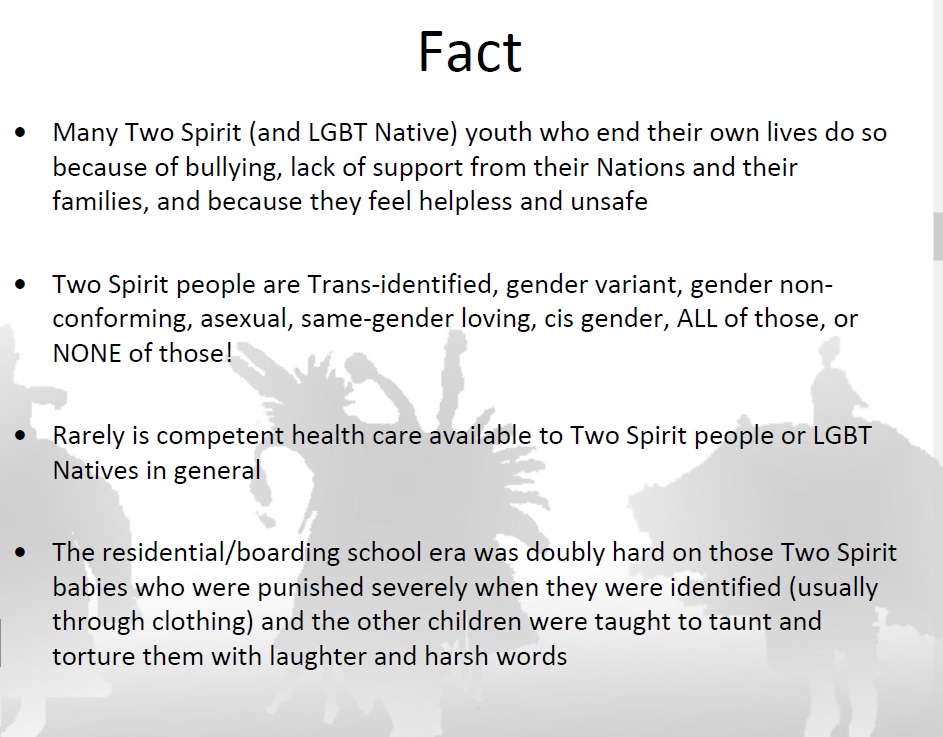
“Absoluter Geheimtipp auf Disney+ bekommt eine dritte Staffel!” by Kristina Kielblock at kino.de. (In German)
(In German below). A new article on some of the current and upcoming shows centering Native American, First Nations and Indigenous peoples that (most importantly) were made by Natives for everyone. Natives also working in healthy cooperation and collaborations with other peoples and groups to produce work both, fiction and non-fiction, that include or focus on Native characters stories….without the Eurocentrism, misrepresentation and stereotyping.
Understand what that means because inevitably (and we see it constantly) there are comments from non-Natives who say, “But they sometimes do stereotypes! Why is it so different or bad if we do it?” or even more exasperating, “We love Natives, and just want to create characters and stories, too! Where’s the harm in that?” Besides our documentary, there are MANY resources that explain how, why and when racism and Eurocentrism continues to work in our societies, what it’s symptoms and effects are. There are MANY resources that explain and clearly demonstrate the harm that results, and the cycles of erasure, silencing and replacing Native peoples, voices and self-determination that continue the purposes of colonialism and Indigenous genocide.
The only time Germany and the western world seems to really consider these topics as a nation or societies is during a controversy, such as climaxed in August 2022 following the release of children’s books no less, that sought to revive and defend the use of racist, sexist terms used for Natives that are strongly condemned, which they were made well aware of long before going to press. What is especially frustrating about such behavior and societal practices, is that like Indian hobbyists of all kinds, they overshadow or completely obscure the many Europeans who have long been allies, colleagues and partners to Indigenous peoples, working to undo centuries of Eurocentrism and colonialism through healthy relationships and cooperation of all kinds with Native peoples. We get dozens of articles about hobbyists, books and reports by so-called “Indian experts” and ad nauseum novels, shows and films romanticizing Native stereotypes or misrepresenting/skewing current events, but few or NONE about good collaborations.
Stereotypes are oversimplifications of other peoples, groups and individuals of which one is not a part, often based on historical fears and ignorance. In the case of Europeans doing this to ethnic and racial groups, this has an overwhelmingly negative effect because of the violently gained and held structural power to control all narratives, which the targeted groups have little or no opportunity to correct or change, all while being subjected to discrimination, compartmentalization and dehumanization. In the case of Native American peoples, cultures and traditions, in Germany especially, decades of moneymaking exploitation of all kinds, from museums, to media studios, to tobacco products.
Simply put: When we as Native peoples talk about ourselves, our communities, our histories, our cultures, our traditions, our idiosyncrasies, we are not stereotyping because it is coming from a place of intimate, personal knowledge about ourselves, our communities, our histories, our cultures, our traditions, our idiosyncrasies. That is not hard to understand although it takes humility, often absent in western society, and realize, too, in that sentence you can substitute any other marginalized or minoritized groups for “Native peoples”. Look around you in western society, just like our documentary’s premise, the same attitude and treatment of Natives is done to others, and even to the environment, our Earth, our home. Destruction, pain and harm are ignored, minimized or defended for self-gratification and/or profit.
That’s why we continue say, no shout and yell, that it is well past time to symbolically #ForgetWinnetou! and the harmful practices, behaviors and mentalities that continue colonial, genocidal systems that encourage the stereotyping, erasure and silencing of certain “others”.
Ein neuer Artikel über einige der aktuellen und kommenden Serien, die sich mit Native Americans, First Nations und indigenen Gruppen befassen und (vor allem) von Natives für alle gemacht wurden. Eingeborene arbeiten auch in gesunder Kooperation und Zusammenarbeit mit anderen Völkern und Gruppen, um Werke zu produzieren, sowohl Belletristik als auch Sachbücher, die Geschichten von indigenen Charakteren enthalten oder sich auf diese konzentrieren…., ohne den Eurozentrismus, die falsche Darstellung und Stereotypisierung.
Verstehen Sie, was das bedeutet, denn unweigerlich (und wir sehen es ständig) gibt es Kommentare von Nicht-Natives, die sagen: “Aber sie machen manchmal Stereotypen! Warum ist es so anders oder schlecht, wenn wir es auch tun?” oder noch ärgerlicher: “Wir lieben die Eingeborenen und wollen auch Figuren und Geschichten erschaffen! Was ist daran so schlimm?” Neben unserem Dokumentarfilm gibt es VIELE Quellen, die erklären, wie, warum und wann Rassismus und Eurozentrismus in unserer Gesellschaft weiter wirken, was seine Symptome und Auswirkungen sind. Es gibt VIELE Quellen, die den Schaden, der daraus resultiert, und die Zyklen der Auslöschung, des Schweigens und der Verdrängung von indigenen Völkern, Stimmen und Selbstbestimmung, die die Ziele des Kolonialismus und des indigenen Völkermordes fortsetzen, erklären und klar aufzeigen.
Das einzige Mal, dass sich Deutschland und die westliche Welt als Nation oder Gesellschaft wirklich mit diesen Themen auseinandersetzen, ist während einer Kontroverse, wie sie im August 2022 nach der Veröffentlichung von Kinderbüchern ihren Höhepunkt erreichte, in der versucht wurde, die Verwendung rassistischer und sexistischer Bezeichnungen für indigene Gruppen wiederzubeleben und zu verteidigen, die aufs Schärfste verurteilt werden und über die sie lange vor der Veröffentlichung informiert wurden. Besonders frustrierend an solchen Verhaltensweisen und gesellschaftlichen Praktiken ist, dass sie – wie indianische Bastler aller Art – die vielen Europäer in den Schatten stellen oder völlig ausblenden, die seit langem Verbündete, Kollegen und Partner der indigenen Völker sind und daran arbeiten, Jahrhunderte des Eurozentrismus und Kolonialismus durch gesunde Beziehungen und Kooperationen aller Art mit den indigenen Volksgruppen zu überwinden. Es gibt Dutzende von Artikeln über Hobbyisten, Bücher und Berichte von so genannten “Indianerexperten” und bis zum Überdruss Romane, Serien und Filme, in denen indigene Stereotypen romantisiert oder aktuelle Ereignisse falsch dargestellt oder verdreht werden, aber nur wenige oder KEINE über gute Zusammenarbeit.
Stereotypen sind vereinfachte Darstellungen anderer Völker, Gruppen und Individuen, denen man nicht angehört, und beruhen oft auf historischen Ängsten und Unwissenheit. Im Falle der Europäer, die dies bei ethnischen und rassischen Gruppen tun, hat dies eine überwältigend negative Wirkung, da sie gewaltsam die strukturelle Macht erlangen und behalten, alle Narrative zu kontrollieren, die die Zielgruppen kaum oder gar nicht korrigieren oder ändern können, während sie gleichzeitig Diskriminierung, Abschottung und Entmenschlichung ausgesetzt sind. Im Fall der indianischen Völker, Kulturen und Traditionen, insbesondere in Deutschland, ist dies eine jahrzehntelange Ausbeutung zu Geldzwecken aller Art, von Museen über Medienstudios bis hin zu Tabakprodukten.
Einfach ausgedrückt: Wenn wir als Native Nations über uns selbst, unsere Gemeinschaften, unsere Geschichte, unsere Kulturen, unsere Traditionen, unsere Eigenheiten sprechen, dann tun wir das nicht stereotyp, denn es kommt von einem Ort intimer, persönlicher Kenntnis über uns selbst, unsere Gemeinschaften, unsere Geschichte, unsere Kulturen, unsere Traditionen, unsere Eigenheiten. Das ist nicht schwer zu verstehen, auch wenn man dazu Demut braucht, die in der westlichen Gesellschaft oft nicht vorhanden ist, und man sollte sich auch darüber im Klaren sein, dass man in diesem Satz ” Native Peoples” durch jede andere marginalisierte oder minorisierte Gruppe ersetzen kann. Schauen Sie sich in der westlichen Gesellschaft um, genau wie die Prämisse unseres Dokumentarfilms, die gleiche Einstellung und Behandlung der “Natives” wird anderen angetan, und sogar der Umwelt, unserer Erde, unserem Zuhause. Zerstörung, Schmerz und Schaden werden ignoriert, verharmlost oder aus Gründen der Selbstbefriedigung und/oder des Profits verteidigt.
Deshalb sagen wir weiterhin, nein, wir brüllen, dass es längst an der Zeit ist, symbolisch #ForgetWinnetou! und die schädlichen Praktiken, Verhaltensweisen und Mentalitäten zu vergessen, die koloniale, völkermörderische Systeme fortsetzen, die die Stereotypisierung, Auslöschung und das Verstummen bestimmter “Anderer” fördern.



 Image shared from the nomorenativemascots.org website.
Image shared from the nomorenativemascots.org website.








 See our
See our 
You must be logged in to post a comment.